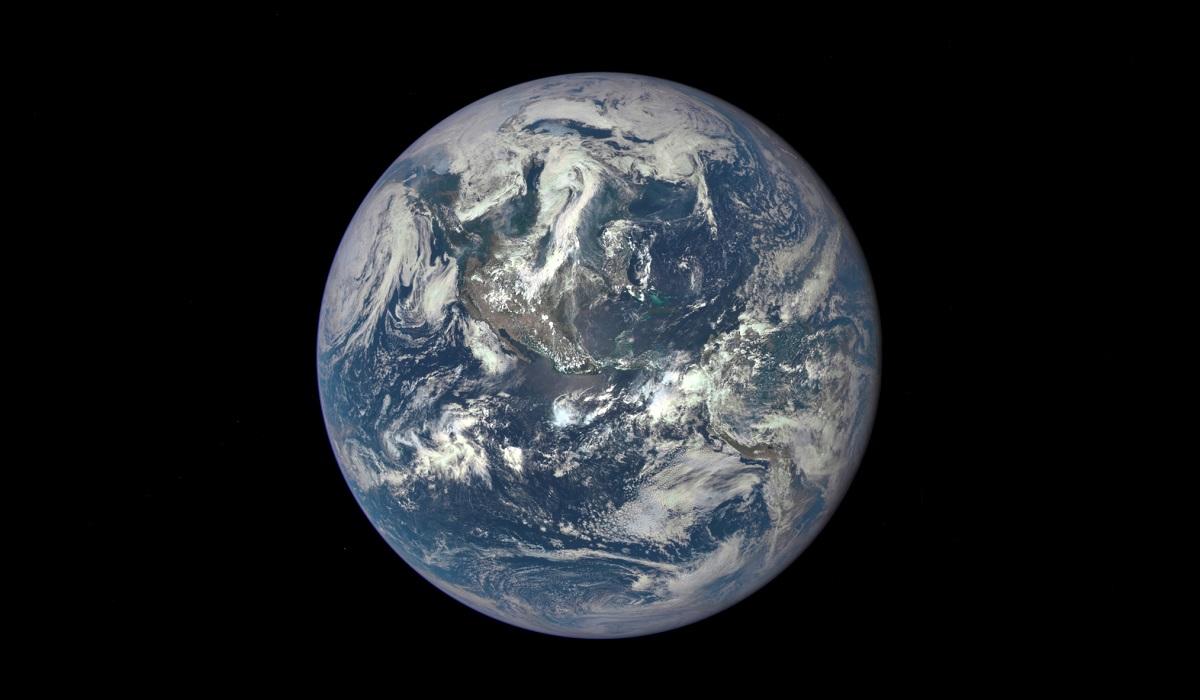'Second moon' to orbit Earth for two months - study

A “second moon” will pass by Earth, but not for so long.
According to a study published by the American Astronomical Society, the asteroid 2024 PT5 will orbit the planet from September 29 to November 25 before returning to the asteroid belt.
Scientists discovered the space object on August 7 through an Asteroid Terrestrial-impact Last Alert System in Sutherland, South Africa.
Carlos de la Fuente Marcos and Raul de la Fuente Marcos, the authors of the study, explained that near-Earth objects (NEOs) that approach the planet at close range may undergo “mini-moon” events in which they pass by without completing one revolution around Earth.
“Earth can regularly capture asteroids from the Near-Earth object (NEO) population and pull them into orbit, making them mini-moons,” the study read.
“Sometimes, these temporary captures do not complete one revolution before dropping out of orbit and returning to their regular heliocentric trajectories.”
After completing a mini-moon episode, the study said that 2024 PT5 will leave the vicinity of Earth by early 2025 until its next return in 2055.
But this “second moon” will not be visible to the naked eye as it is just 10 meters wide.
"The object is too small and dim for typical amateur telescopes and binoculars. However, the object is well within the brightness range of typical telescopes used by professional astronomers," Carlos de la Fuente Marcos, a professor at the Universidad Complutense de Madrid, told Space.com.
"A telescope with a diameter of at least 30 inches plus a CCD or CMOS detector are needed to observe this object; a 30-inch telescope and a human eye behind it will not be enough." —VBL, GMA Integrated News




